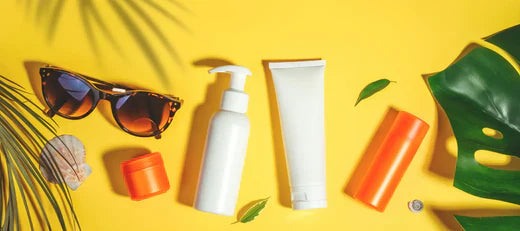
What is PABA: Meaning, uses, and side effects of PABA
Does the world of skincare science interest you? If so, you might have come across the term PABA while researching different products and ingredients. But what is PABA? Is it good for the skin, or is it harmful? Scroll through this informative guide to learn all about it.
What is PABA?
Para-aminobenzoic acid, or PABA, is a chemical that is used as an ultraviolet filter in sunscreens to prevent sunburn. But it has been linked to skin rashes, allergies, and photosensitivity. This chemical also comes with a higher risk of skin cancer. As a result, PABA has mainly been eliminated or decreased in sunscreens and other facial products in recent years.
What are the uses of PABA in skincare?
Over the years, para-aminobenzoic acid (PABA) has been a common component in cosmetic and personal care items, particularly sunscreens and facial products. It is well-known for its ability to block harmful UVB rays from the sun, enhancing sunscreen's efficacy. But recent research has sparked concerns about the long-term safety and uses of PABA. These worries have led many cosmetic and personal care businesses to eliminate this chemical from their products, and some countries have banned its use entirely.
What are the side effects of PABA?
Some possible adverse impacts of this chemical can include:
Hyperpigmentation
PABA has been associated with an increased probability of hyperpigmentation, which refers to dark spots or patches appearing on the skin. This is particularly noticeable in individuals with darker skin tones. The chemical's ability to disrupt melanin synthesis, the pigment that determines skin color, can lead to uneven skin tone and discoloration.
Also Read: The Definitive Guide to Hyperpigmentation: Causes and Treatment
Premature aging
One of the major PABA side effects is that it can make your skin look old. When exposed to sunlight, this chemical can lead to the formation of free radicals. These unstable molecules cause DNA damage in skin cells, resulting in oxidative stress. It will, in turn, accelerate the appearance of wrinkles, fine lines, and sagging skin.
Allergic reactions
Some individuals may experience unpleasant reactions, such as skin rashes, from using PABA. This substance can cause contact dermatitis, which manifests as itchy and reddish rashes in the area where it was applied topically. In some cases, allergic reactions like hives, swelling, and difficulty breathing are evident. These reactions are more likely in individuals with PABA sensitivity or a history of allergies to similar chemicals.
In rare and severe cases, PABA can induce anaphylaxis, a potentially life-threatening allergy that requires immediate medical attention. It's important to note that PABA allergies can be difficult to diagnose and may involve specialized patch testing performed by a dermatologist.
Should I look for PABA-free skincare?
Multiple experts caution against including PABA in sunscreens or facial products, particularly for those with sensitive skin. Instead, go for alternative ingredients, such as zinc oxide and titanium dioxide, known for their broad-spectrum protection against UVA and UVB rays. You should also opt for non-comedogenic products to minimize the risk of pore blockage and breakouts.
Facial creams with PABA can be substituted with natural and mineral sunscreens. They typically come with zinc oxide or titanium dioxide, which physically block UVA and UVB rays from reaching the skin. Unlike chemical sunscreens, which absorb UV rays, natural and mineral sunscreens sit on top of the skin and reflect UV radiation. This makes them gentler and less likely to cause irritation or allergic reactions. In addition to providing UV protection, natural and mineral sunscreens often contain nourishing ingredients like shea butter that can soothe and moisturize the skin.
Some natural and mineral sunscreens may exclude potentially toxic substances like parabens, sulfates, or phthalates. Although these sunscreens may leave a visible white residue on the skin due to their ingredients, many brands offer tinted or skin-blending formulations to address this issue.
When choosing a sunscreen, prioritize one that provides broad-spectrum protection against UVA and UVB radiation.
Conclusion
If you are in search of a safe sun protection item for your skin, the Mineral Matte Tinted Sunscreen should be your go-to solution. It provides broad-spectrum protection with ingredients like zinc oxide and cucumber. The tinted formulation ensures that you don't end up looking like a ghost.
Apart from enjoying sun protection through this water-resistant formula, you can also apply this as the perfect makeup base. Moreover, it has a non-greasy texture that won't clog your pores and induce breakouts on the face. So, embrace this sunscreen today and roam around with healthy-looking skin safe from detrimental UV rays.
FAQs:
1. Is sunscreen harmful to the skin?
If you want to protect your skin against sun damage, you must find the right product. A mineral sunscreen with safe ingredients is apt for you. It works by reflecting UV radiation instead of absorbing it. As long as you find a safe sun protection formulation, it will be a blessing for your skin.
2. Why is it important to choose a tinted sunscreen?
Sun protection formulations often leave behind a white cast, making you look like a ghost. If you want to maintain a healthy skin complexion, a tinted sunscreen can help. It perfectly blends with your skin and provides a healthy glow on the face.
3. Should I avoid sunscreen with PABA?
Sunscreen with PABA might induce side effects like hyperpigmentation and premature aging. This chemical can also cause allergic reactions. So, it's better to avoid them and opt for sunscreens with safe ingredients like zinc oxide and titanium oxide.

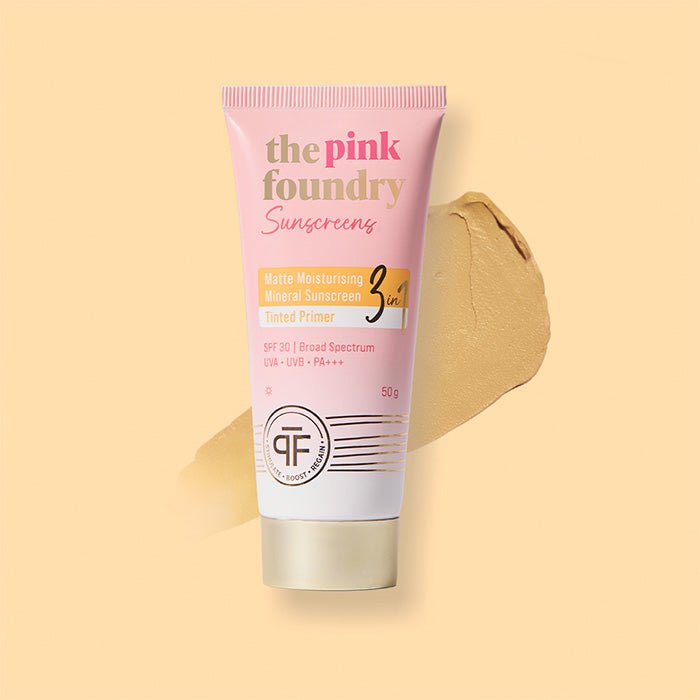
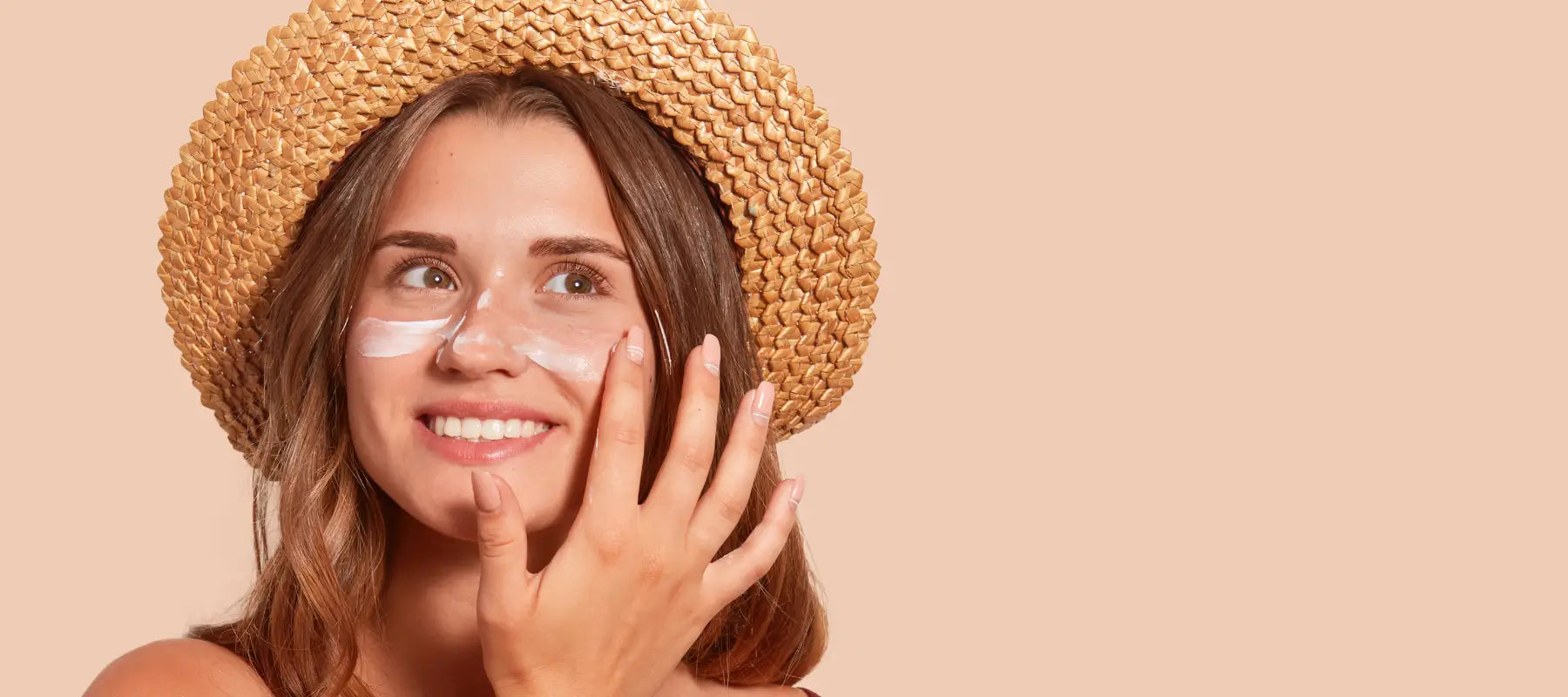


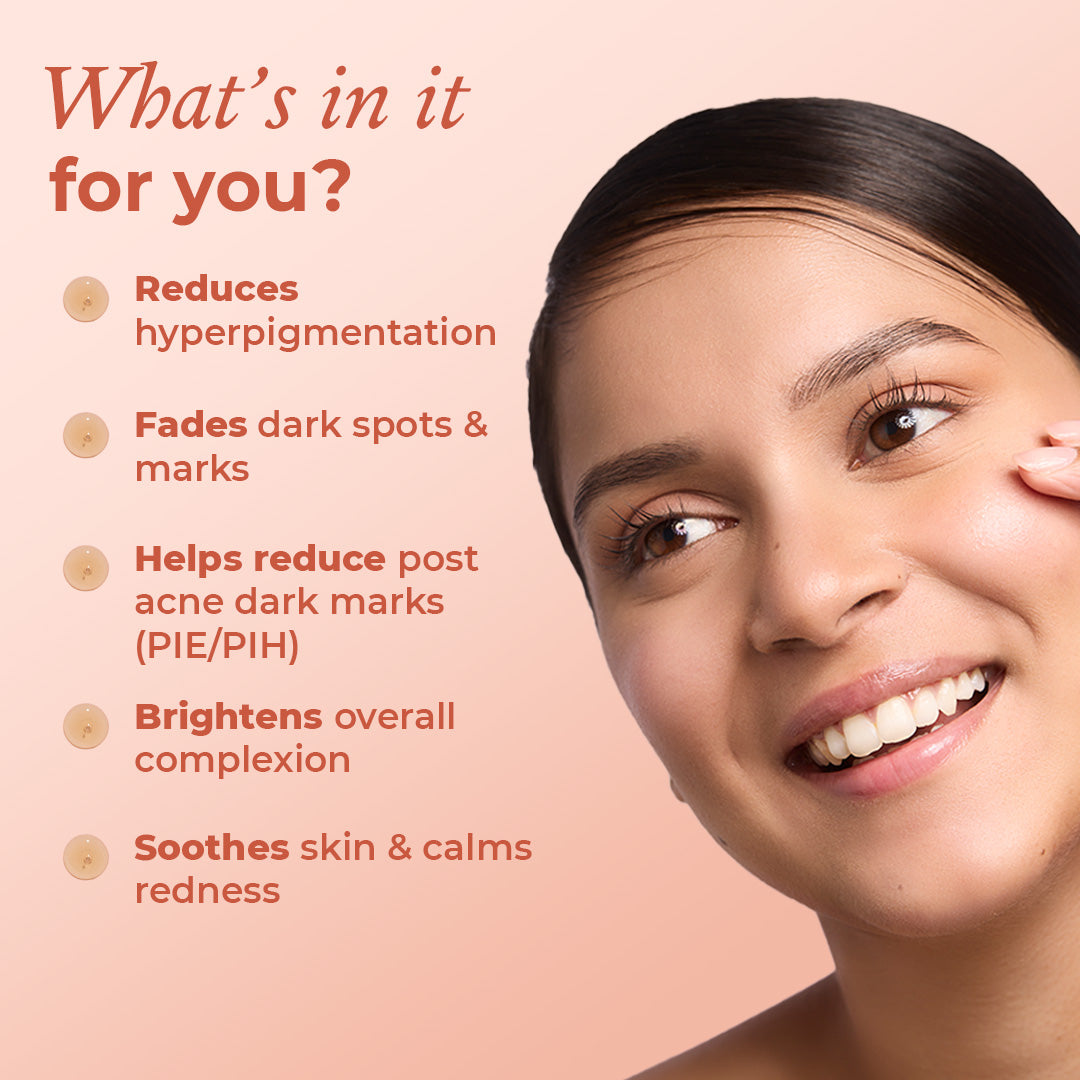

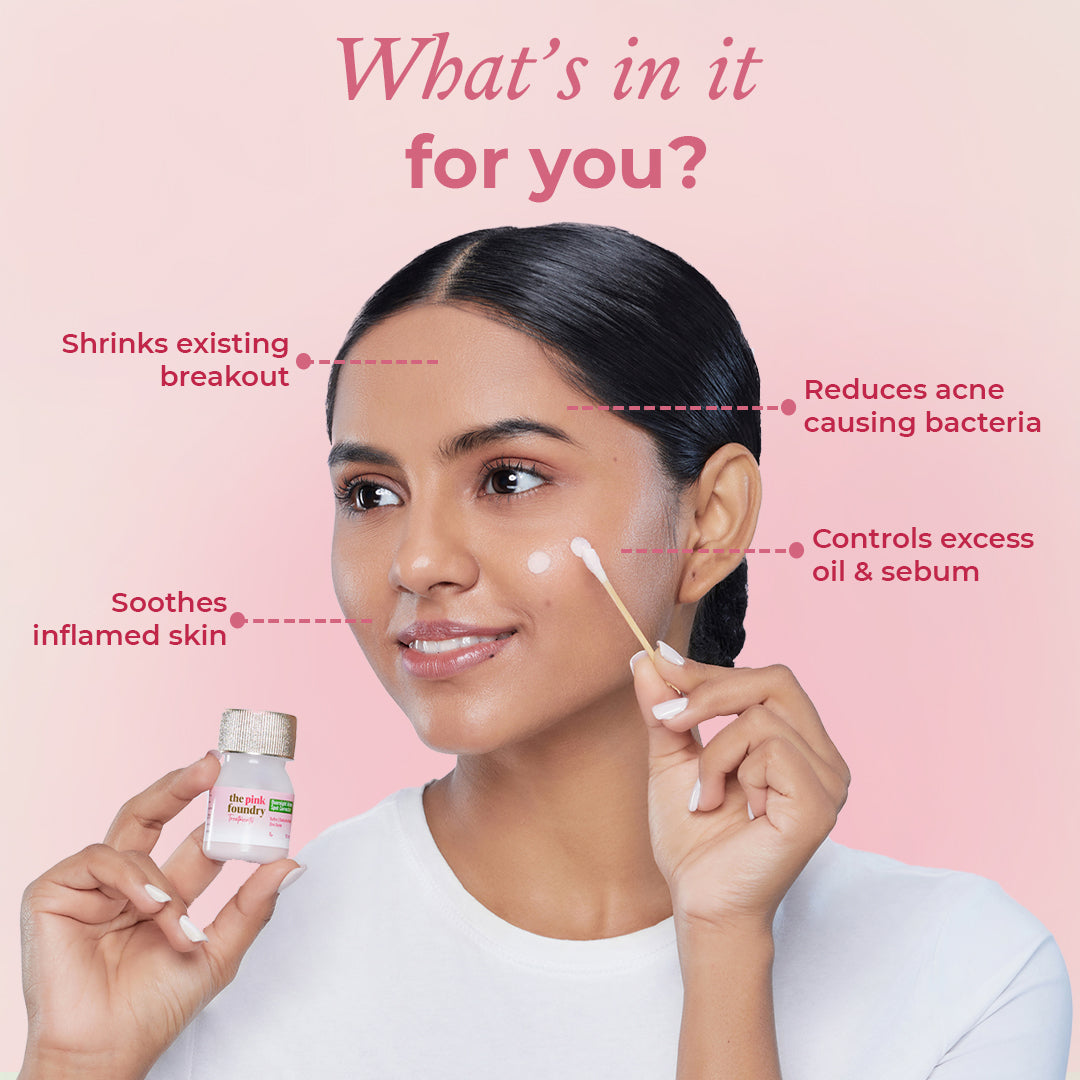
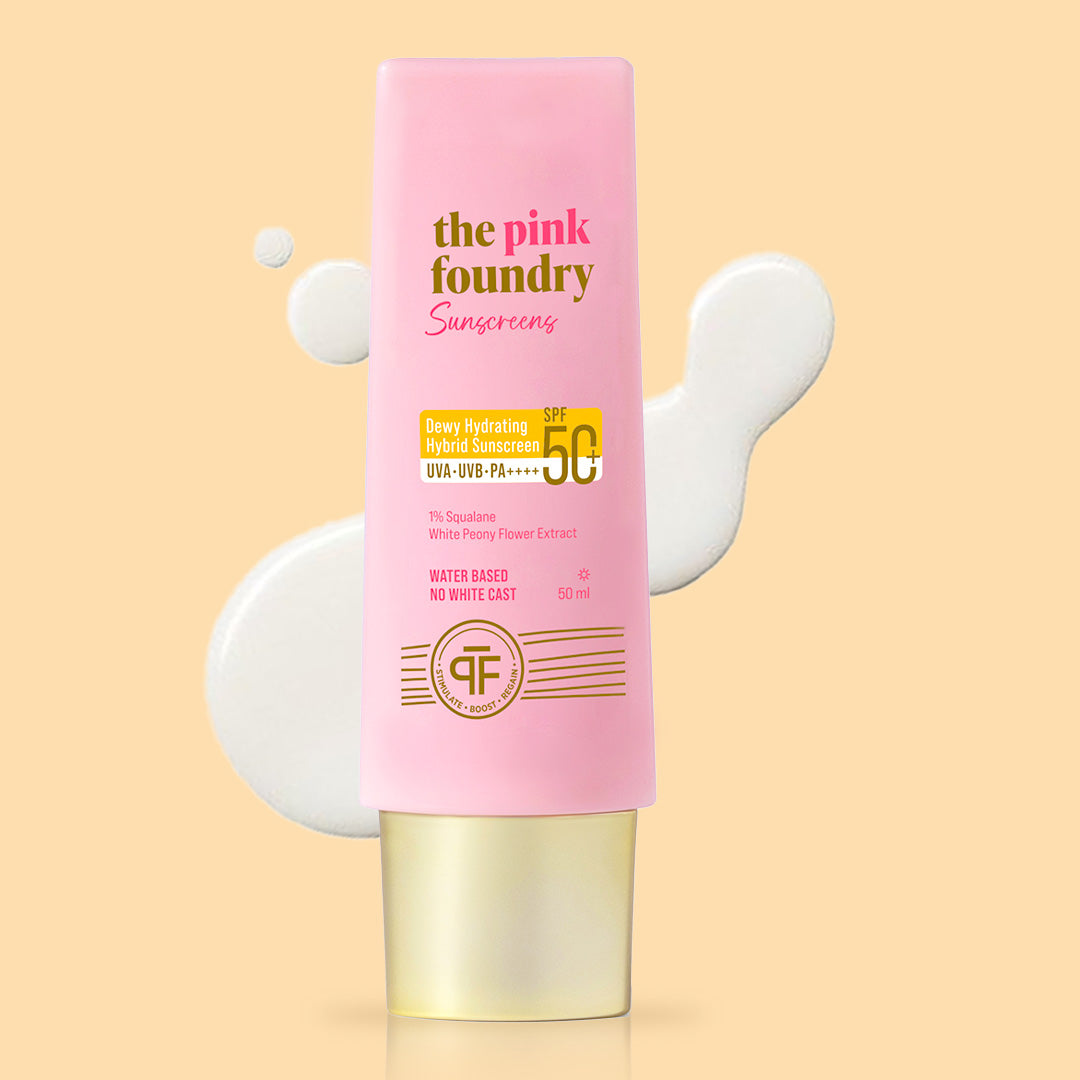
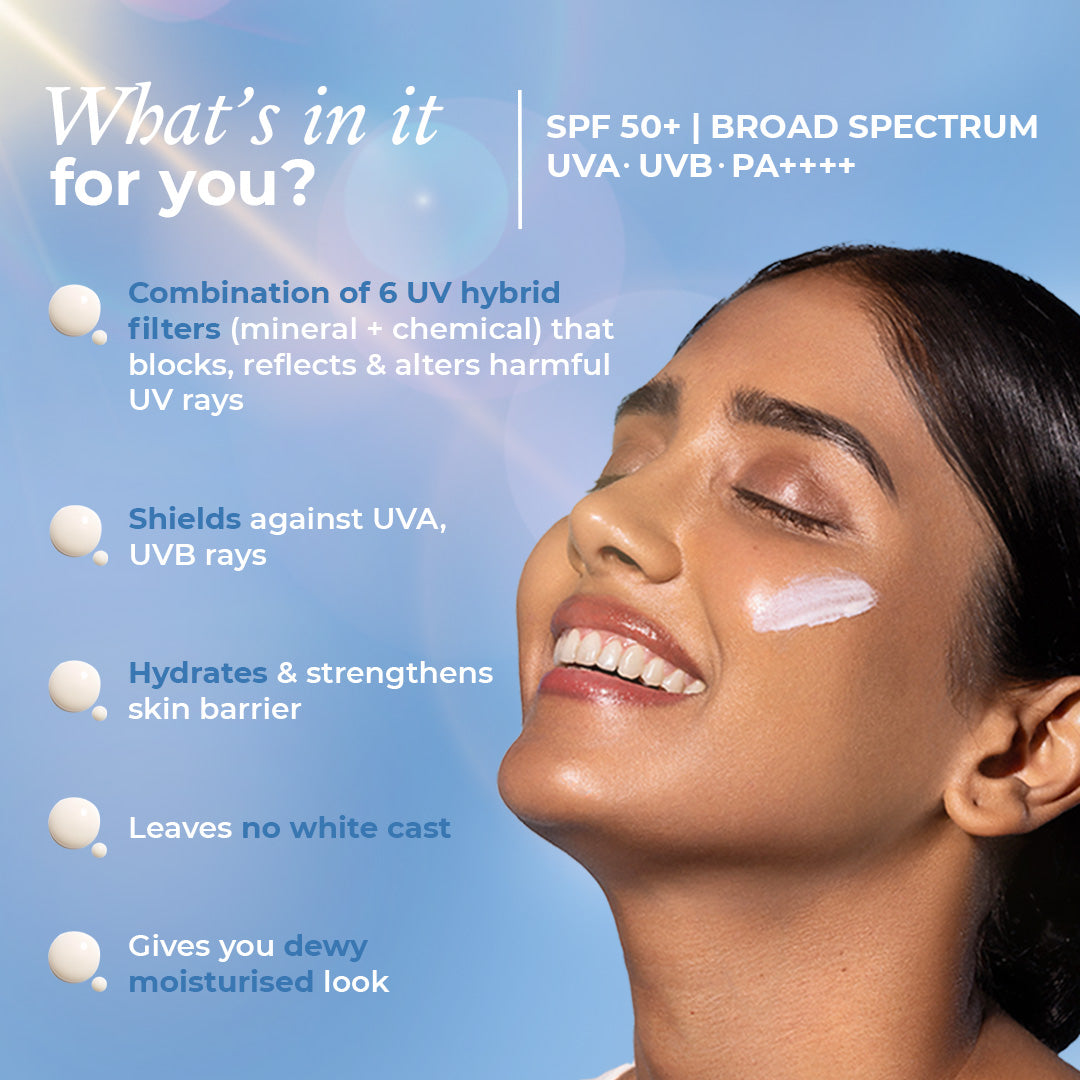
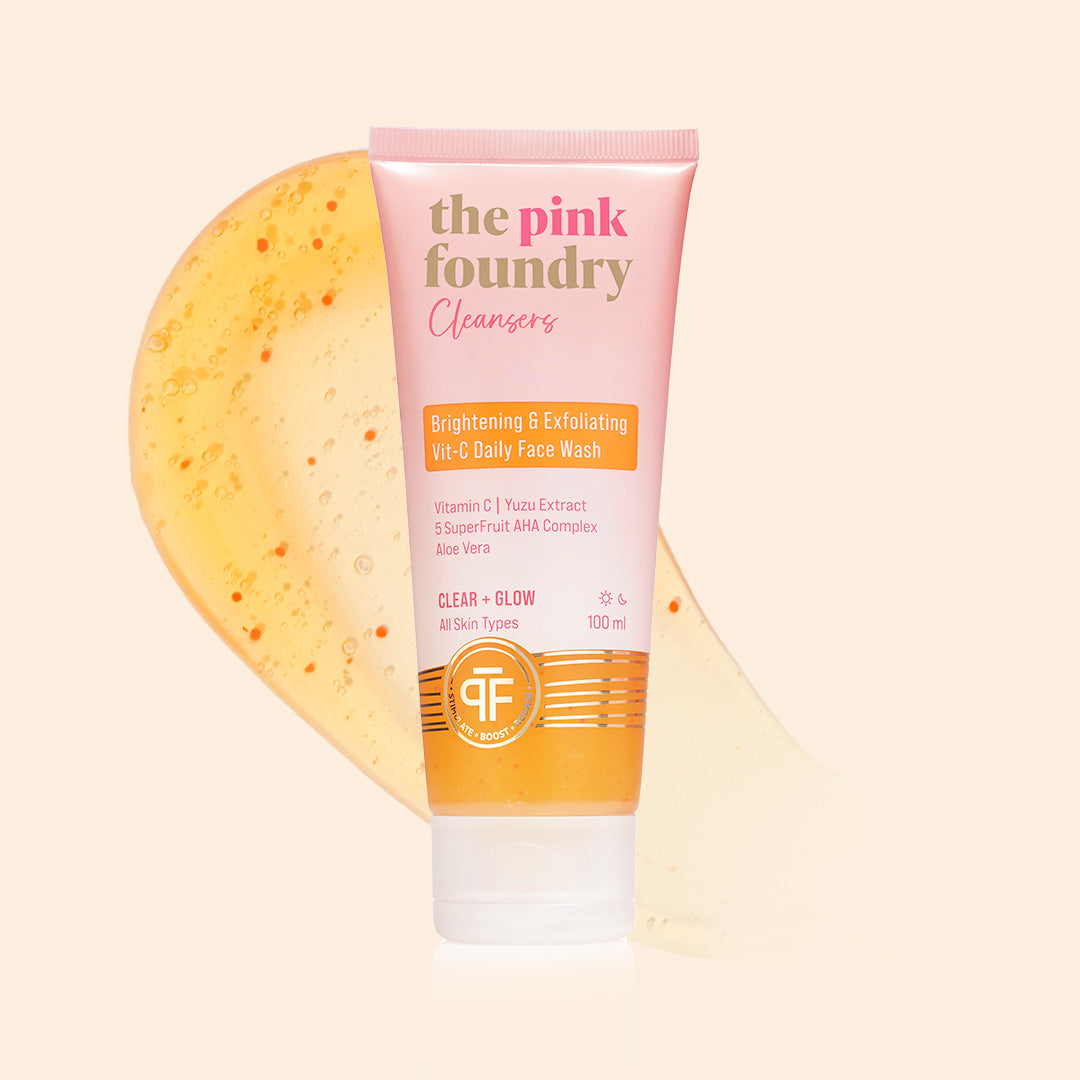
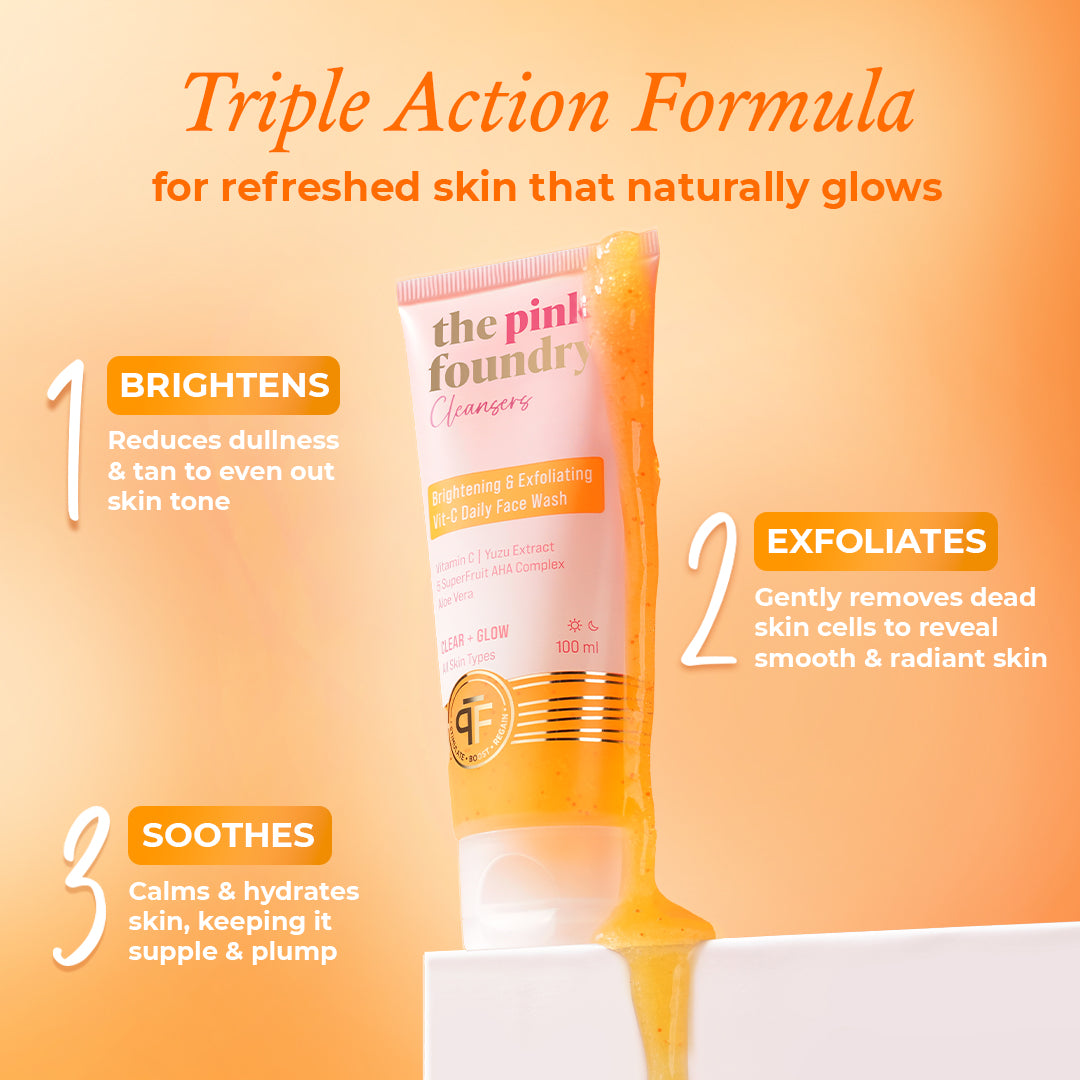
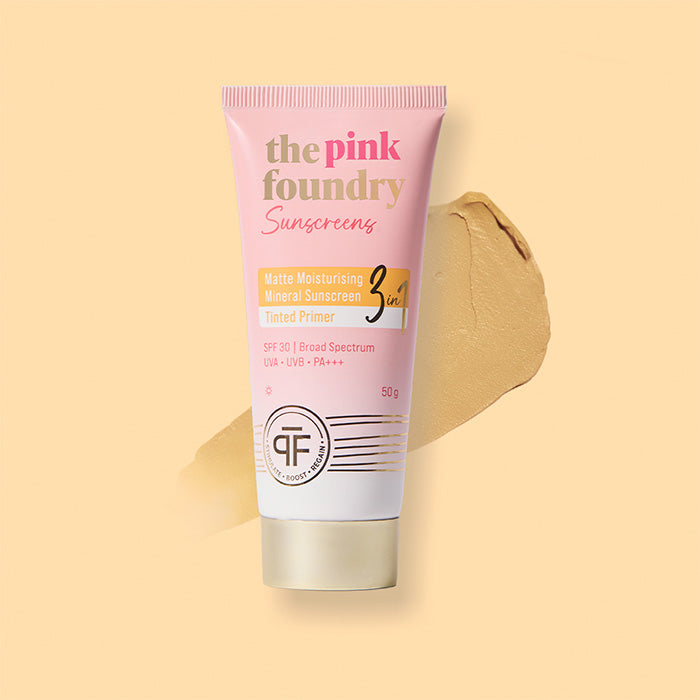
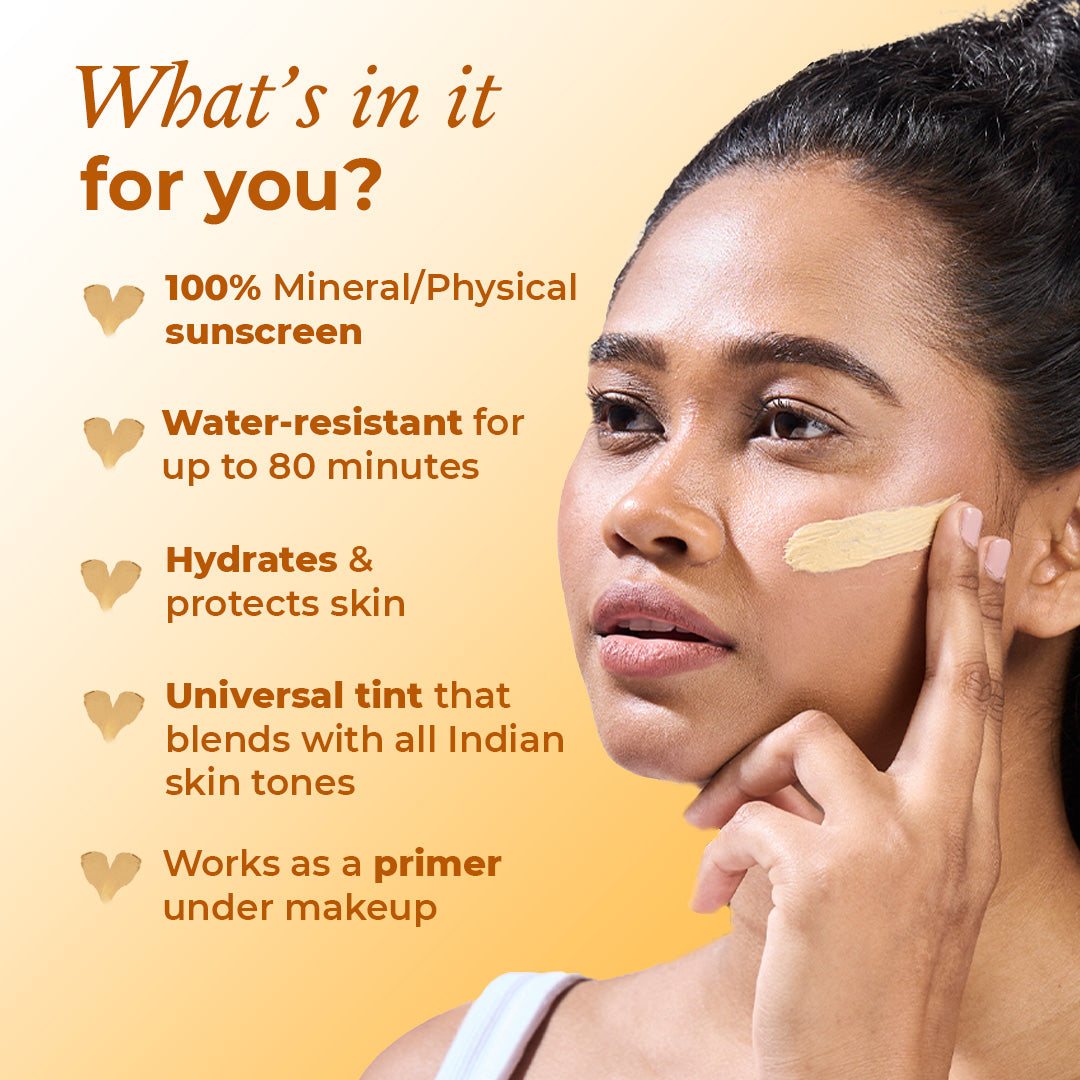
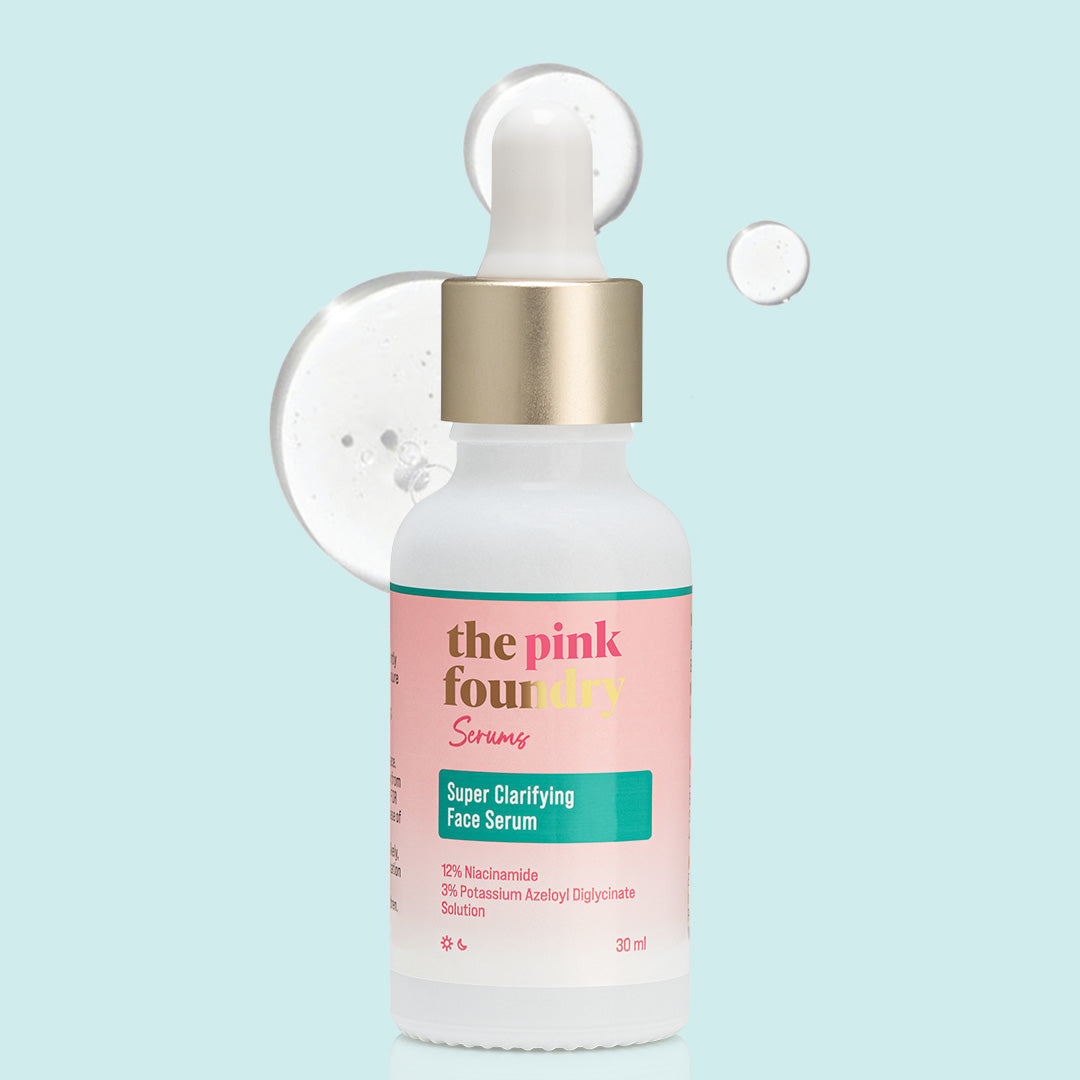
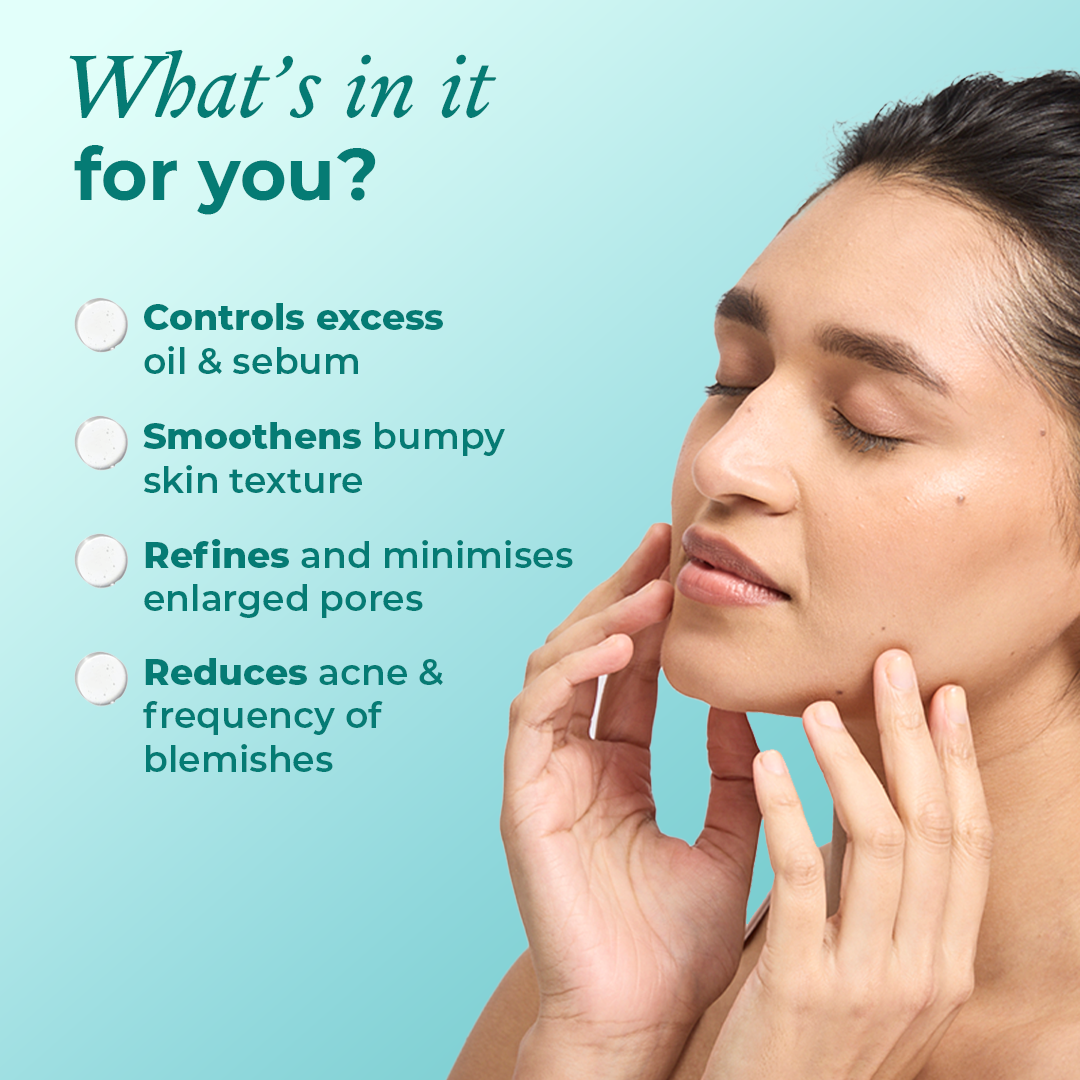

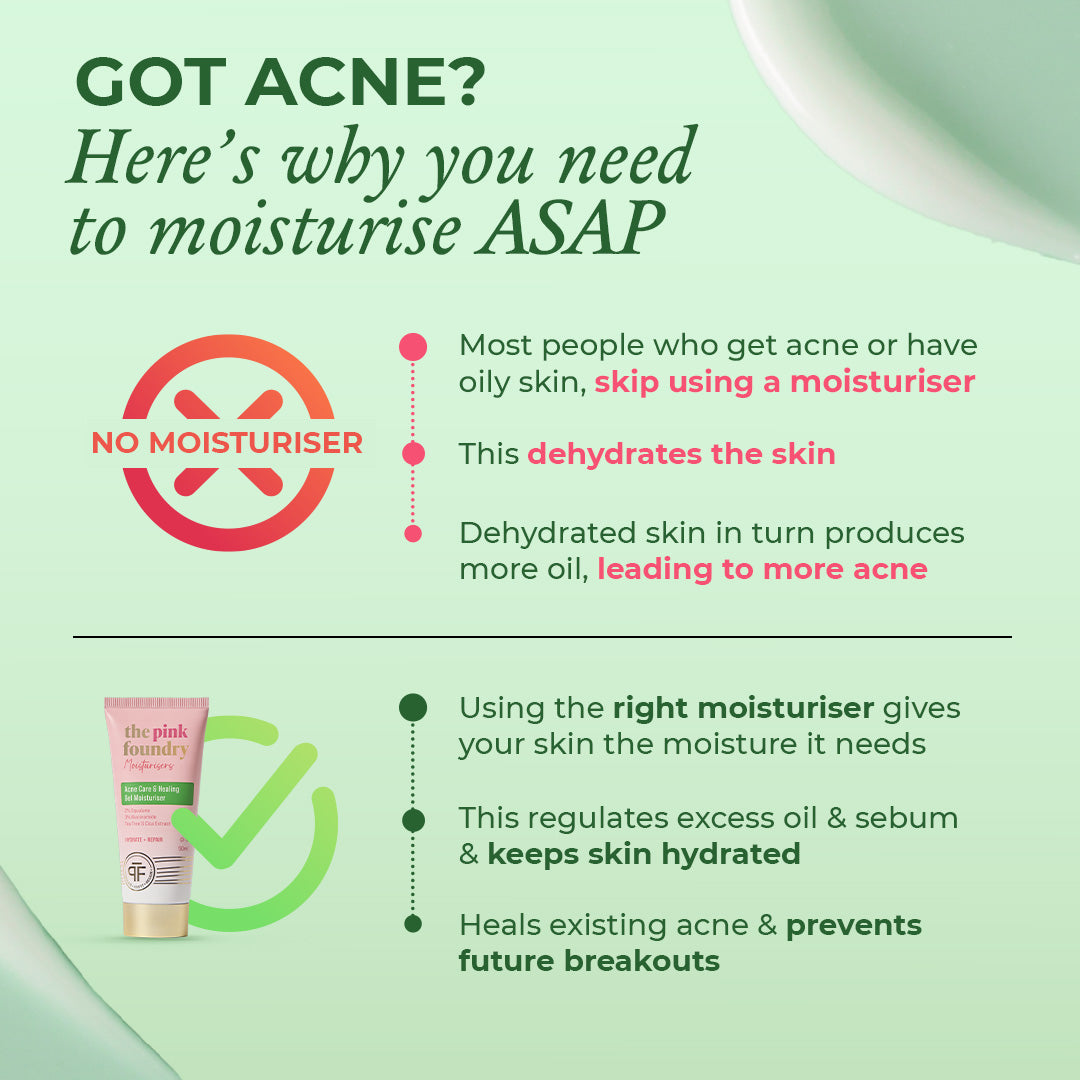
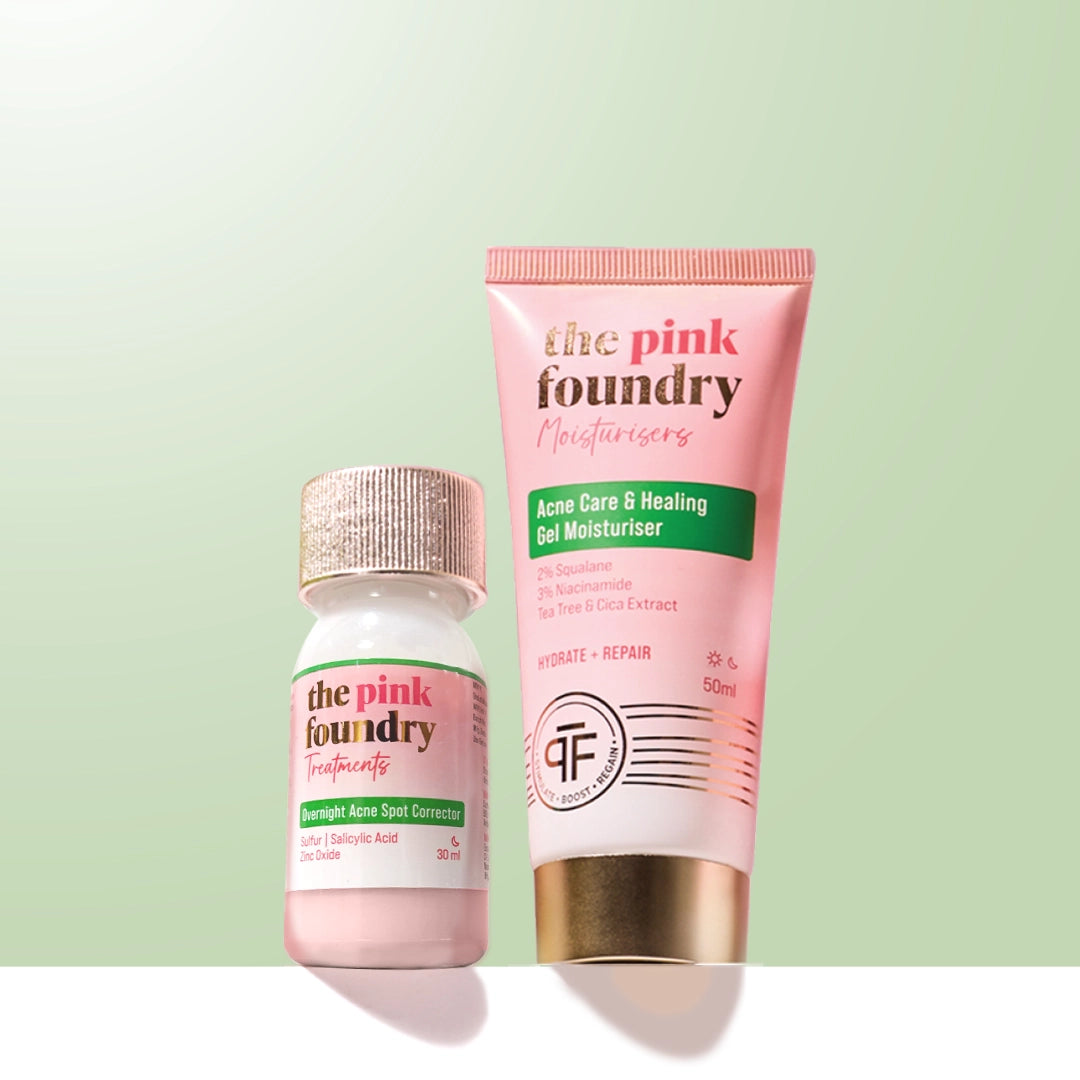
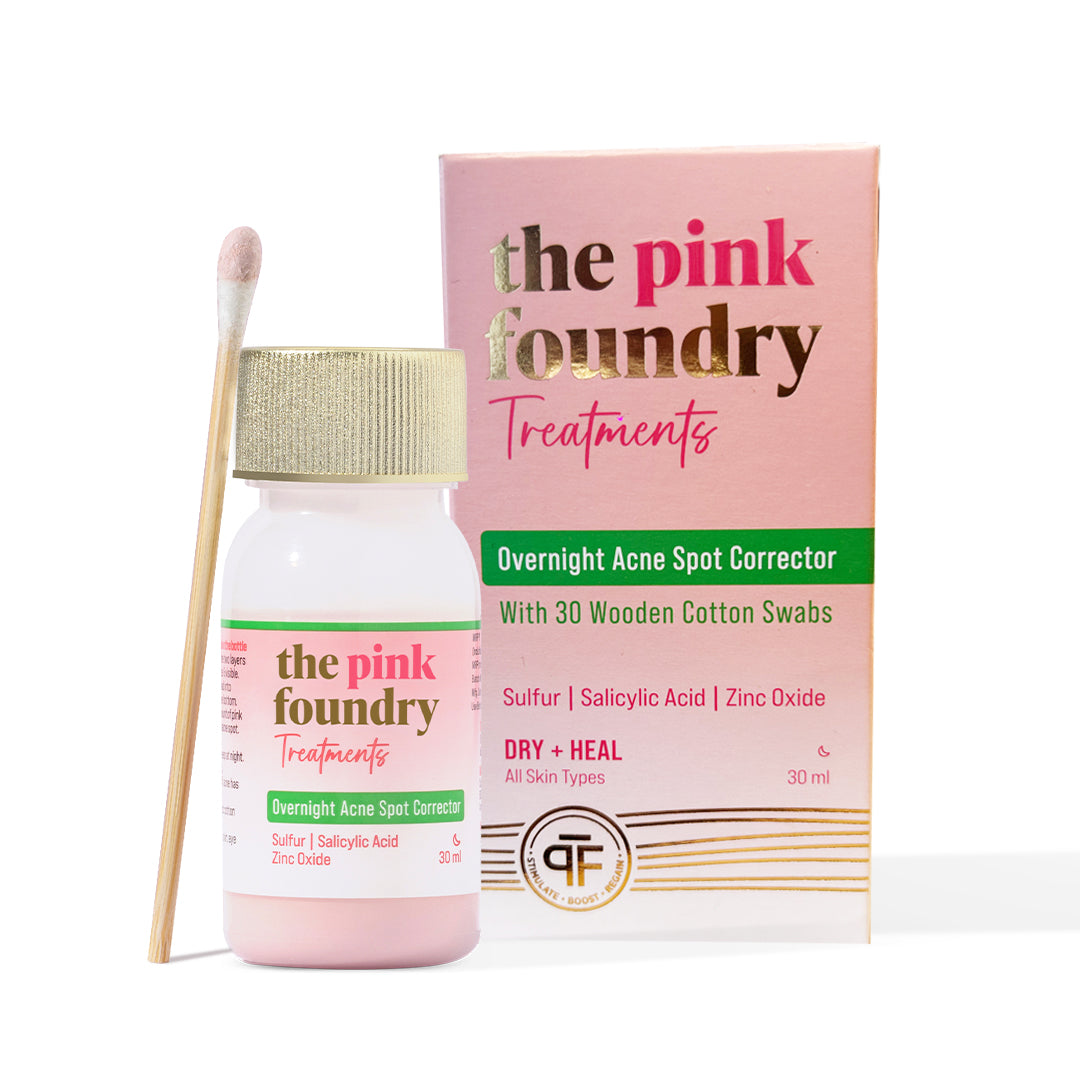
Leave a comment
This site is protected by hCaptcha and the hCaptcha Privacy Policy and Terms of Service apply.